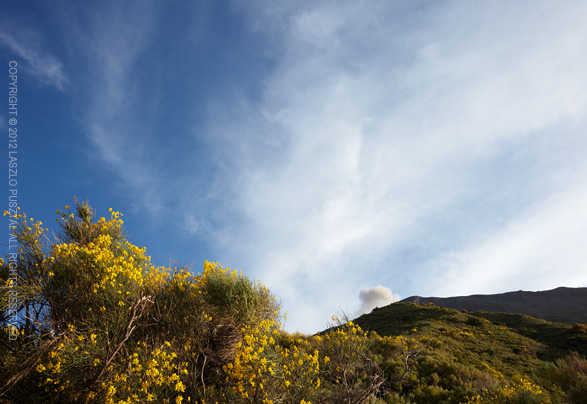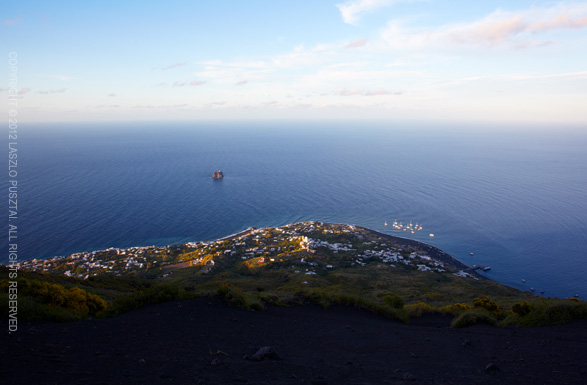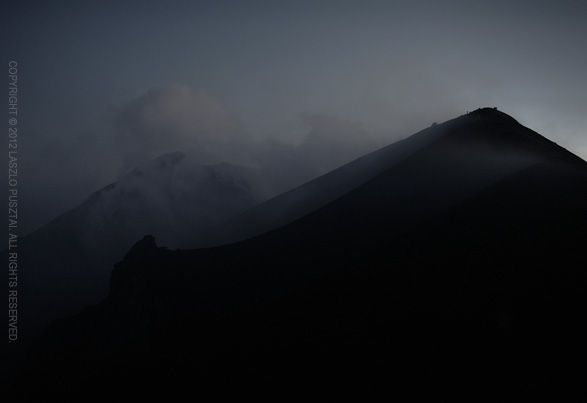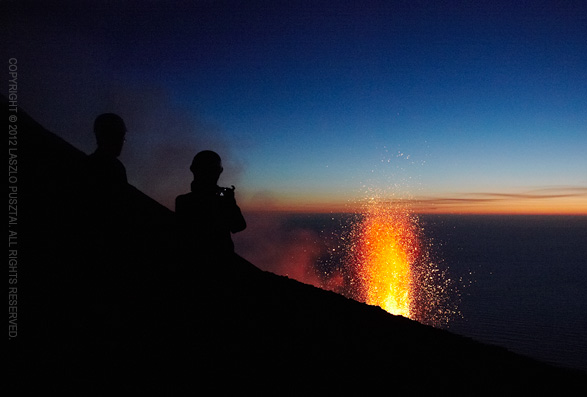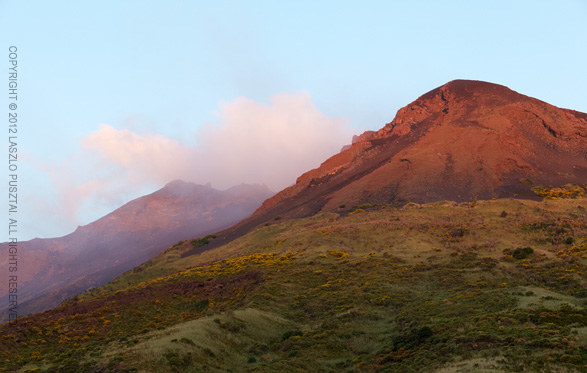Finally got my 5D Mark III today! Spent the last 2.5 hours on updating the firmware and setting it up the way I use to use Canon bodies and did some initial tests. For the curious and impatient: it’s a 8 out of 10 body in my opinion.
What I like:
- Construction. Feels more like an 1D than a 5D. No flexing and squeaking parts when you squeeze it. Also like that it is a bit heavier than the Mark II was – it fits my large hands much better.
- Speed and responsiveness. This camera really reacts fast. Feels even faster than my aging 1D Mark II.
- In the few shots I made colors seemed more natural than the Mark II, but I think future versions Capture One should improve their handling of the files.
- The ability to reverse the top and back dials for manual mode. I usually shoot in Av, and prefer to use the mail (top) dial for setting aperture even in M mode. This was always working on the 1 series, and finally it is available on the 5D!
- Like that Canon went forward in the level of customization – it’s still quite limited, and not enough for me, but at least the direction is good.
- Depth of field preview button is finally on the right side.
- The remote release socket is moved down to the position where it was on the original 5D. Mark II was a pain to use in the portrait position with a RRS L-bracket. I really appreciate this change.
- The live view/movie mode switch. I don’t care about movie shooting at all, so it’s great that all the movie related stuff is moved away in still image mode.
- The LCD. It is way better that the old one was. Finally Canon made and LCD with the aspect ratio of the images the camera produce.
All in all, it’s light years ahead of the 5D Mark II. Does it reach the level of the 1 series? Not really. There are few things that I strongly dislike (some are shared with the 1DX and I would dislike them even on that body):
- No dedicated mirror lock-up button. This is ages old… Maybe sometimes somebody will listen… I would love to set mirror lock-up to the M-Fn button!
- The USB port is a joke. It’s not deep enough, the cable does not sits in it snugly. I had to push it in a couple of times to make a secure connection.
- Don’t like the on/off switch’s position. I managed to turn off the camera twice while changing the exposure mode.
- Virtual level. Imprecise, and pain in the ass to use. I’ll continue to use the 3D level in eFinder Tools of my Viewfinder app or a simple 2-axis bubble level.
I dislike several things about the AF system from the user interface design point of view, some are cosmetic, some are pretty serious. It might be that I’m overly sensitive to UI design (this is what I do part time for a living), but these annoy me too much.
- Illumination is worthless against bright backgrounds. I don’t see that the points are illuminated at all. I would prefer the strong illumination on the former 1-series bodies.
- They way the grid is implemented. I always disliked this feature on Nikons and preferred the interchangeable focusing screen approach (I use the grid screen on my older bodies). The fact that the gridlines flash red annoys the hell out of me. Especially when I move the active focusing point with the joystick. Of course I can turn off illumination completely, but then I loose it completely…
- Not to mention the infamous ‘AF point does not illuminate in AI Servo mode’ issue.
- I ended up using the mode where all 61 points are always displayed (just to know where they are without fiddling with the selection around). When I leave the camera idle for a while (that is, when the bottom part of the viewfinder is not visible) then non-cross-type points are starting to flash. This is OK when I select them, but in this mode it is downright annoying. Imagine you are watching a bird to do something and the camera starts to flash the AF points (all of them except the central region with an 500/4 and 1.4x attached)…
All in all I like the camera – it definitely worth it’s price – but will stick with my 1D Mark II for occasions where the UI of the new AF system does not make me happy. Hope that Canon will fix the AF UI issues in the rumored upcoming firmware update.
Stay tuned for more as I use the camera regularly.

